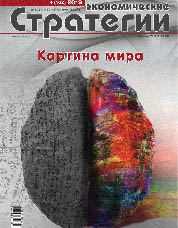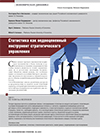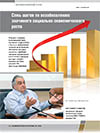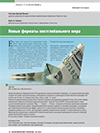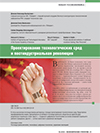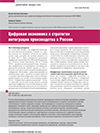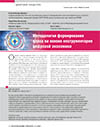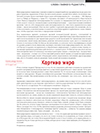Statistics as Undervaluated Tool of Strategic Management
DOI: 10.33917/es-4.162.2019.50-59
Today, serious miscalculations in management are associated with ignoring statistics as a powerful tool that makes it possible in the conditions of unprecedented growth of information flows and, in particular, inadequate information, to fairly and reliably analyze trends and dependencies, as well as predict social and economic phenomena and processes. Moreover, it is necessary to recognize that, at present, the statistical literacy of analyst experts, as well as officials, managers of various levels, politicians and ordinary citizens, is at a level that does not allow to solve topical practical problems of statistical support of management processes, correctly read / interpret statistical information. In this context, it is necessary to pay special attention to the preservation and gradual restoration of statistical education and the image of statistics as a whole


